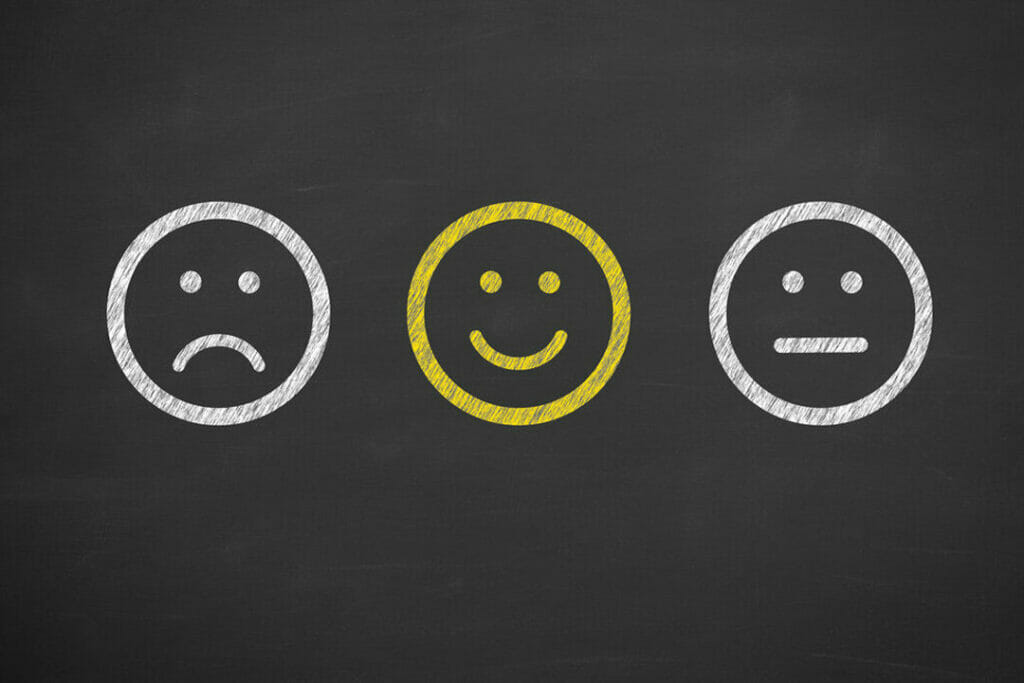Emotion was a hot topic at all three of the conferences I went to last week (Shoptalk, IBM Amplify, and Adobe Digital Marketing Summit). I’m thrilled that companies are starting to think about, and measure, how they make customers feel. But emotions are only one piece of the puzzle.
Noted psychologist Martin Seligman says it takes more than positive emotions to make people happy. We also need to feel engaged, and that the things we’re doing matter. Research from Gallup and Healthways found that people experience well-being, the sense that life is generally good, when they’re thriving in five areas:
-
Purpose – Liking what you do each day and being motivated to achieve your goals.
-
Social – Having supportive relationships and love in your life.
-
Financial – Managing your economic life to reduce stress and increase security.
-
Community – Liking where you live, feeling safe and having pride in your community.
-
Physical – Having good health and enough energy to get things done daily.
Since 2008, they’ve been tracking and reporting on these dimensions, dubbed The Well-Being 5®, in a benchmark called the Gallup-Healthways Well-Being Index. I’d love to see companies use data like this to find out if the string of experiences they deliver ultimately enhances or detracts from customers’ quality of life. For example, it’s fun to go shopping with friends on occasion (social). But cajoling people into spending money they don’t have (financial) on stuff they don’t need (physical) isn’t doing them any favors.
Using well-being as a measure of quality gives companies a more nuanced understanding of the health of their CX ecosystem. Last week, NY Times economic columnist Neil Irwin argued that society as a whole should be using more social data to evaluate business and policy issues. “While economists tend to view a job as a straightforward exchange of labor for money, a wide body of sociological research shows how tied up work is with a sense of purpose and identity.” Unemployment is at 4.7%, but 70% of the people with jobs aren’t engaged in the work they do. The World Health Organization (WHO) predicted that depression will be the leading cause of disability worldwide by 2030. So how well are we really doing? Similarly, if sales and NPS scores are good but your employees are burning out left and right, how successful are you? Not very. At least not for long. Miserable people can’t deliver great CX no matter how much you pay them.
Take nurses, for example. They tend to be caring people. But a 2016 report from Experience Innovation Network says that 50% of them are emotionally exhausted, 2 out of 3 have trouble sleeping, and 25% are clinically depressed. Nurse burnout is bad for patient experience. It’s also a key driver of infections that add to the already-exploding cost of US healthcare. According to Liz Boehm, the study’s author, “hospitals in which burnout was reduced by 30% had a total of 6,239 fewer infections, for an annual cost saving of up to $68 million.” Restaurant mogul Danny Meyer said it best: “people can’t care for others when they don’t feel cared for themselves”.
Masters of CX management understand the relationship between employee, customer, corporate, and societal well-being. If you want to do the same, start looking at benchmarks like the Gallup-Healthways study and the United Nations’ Human Development Index (HDI), a three part measure of progress as defined by longer, healthier lives; better education; and higher standards of living across the globe. They offer a different perspective on success in the 21st century. In the private sector, new well-being studies pop up every day. The most recent one I’ve seen is the IBM-Globoforce Employee Experience Index. This 10-item benchmark tracks how well a company fosters feelings of belonging, purpose, achievement, happiness, and vigor among employees. I haven’t talked to either company yet about the EEI (it launched in Q4 2016) so it remains to be seen how useful the data will be. But if nothing else, it’s another chance for the CX and HR communities to work together. If there are well-being benchmarks that you find useful, please share them in a comment. I’ll compile and post a list of the the resources that readers recommend.
And at some point in the next few days, take a moment to reflect on what you mean when you say “make customers happy.” Do you mean doing things that will enrich their lives long-term, or giving them the instant but fading shot of dopamine humans get from things that are new and cool? Neither is right or wrong per se, but if you don’t provide lasting value of some kind, be prepared. The fun will eventually run out.



